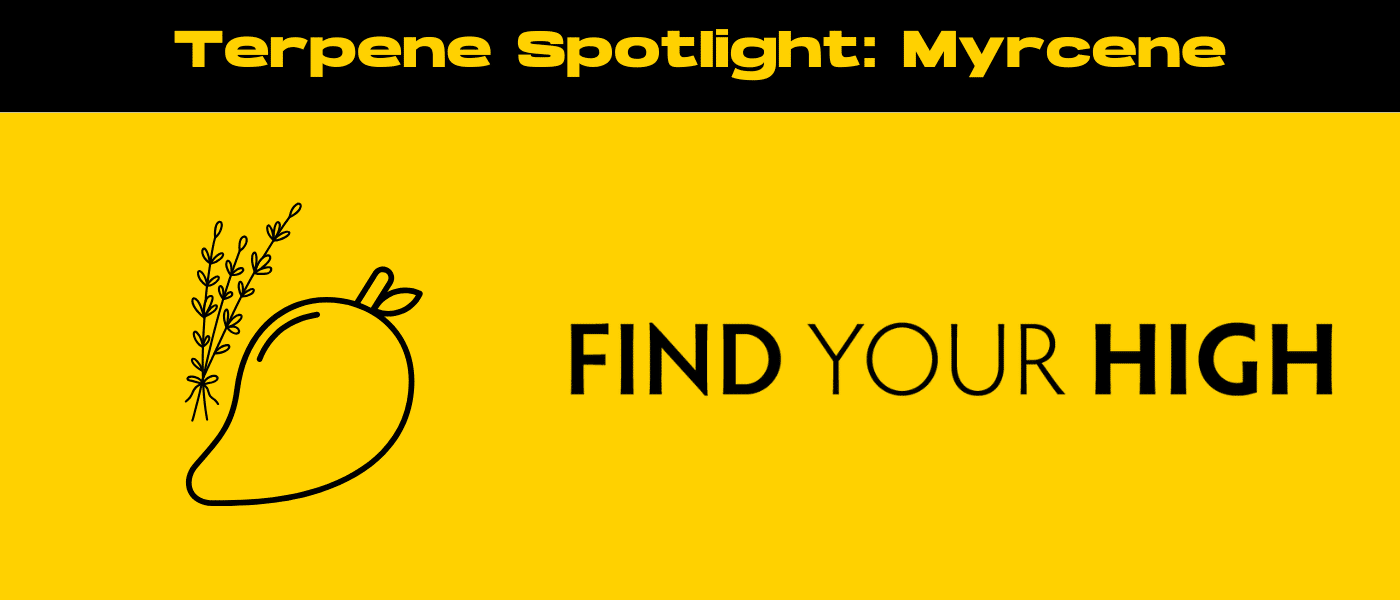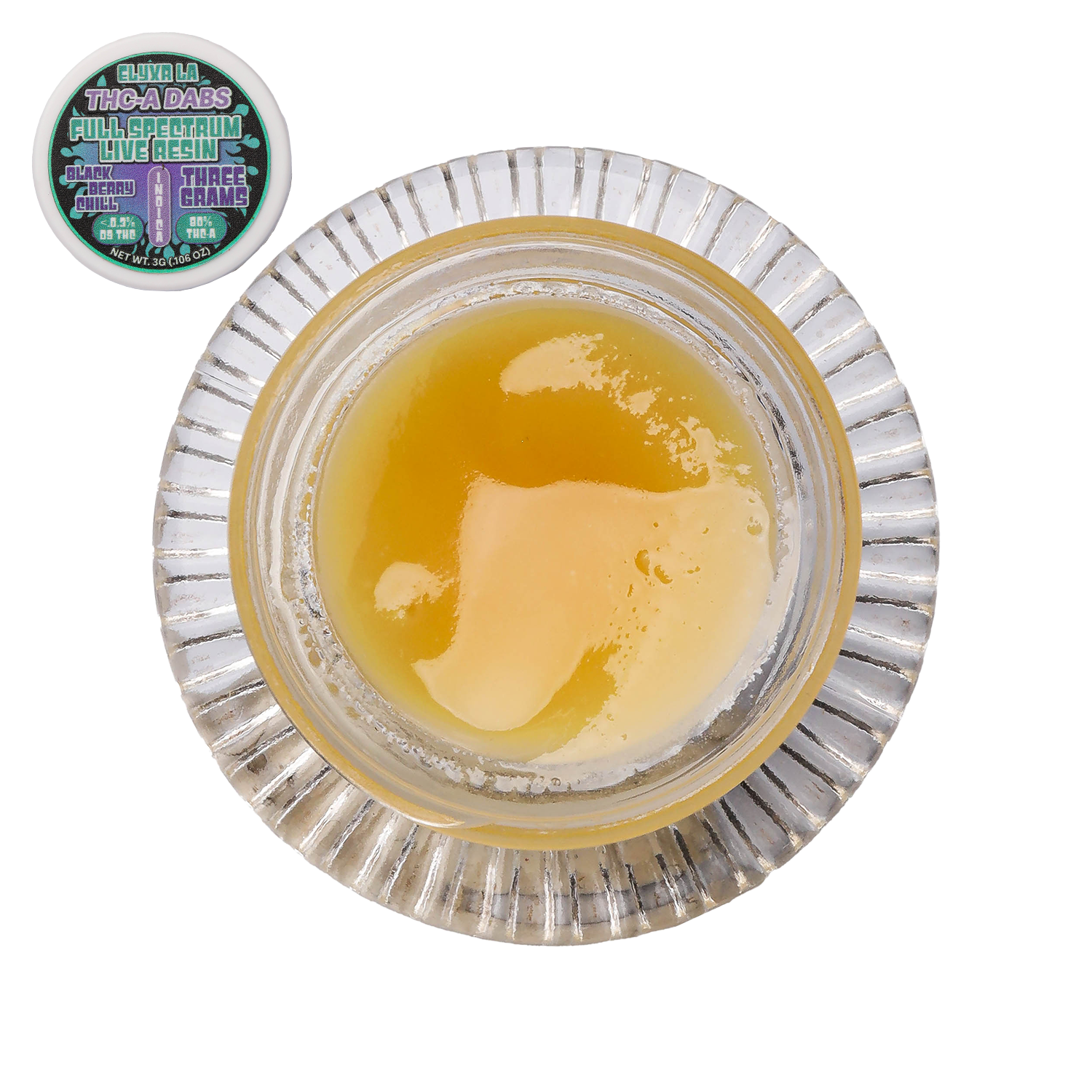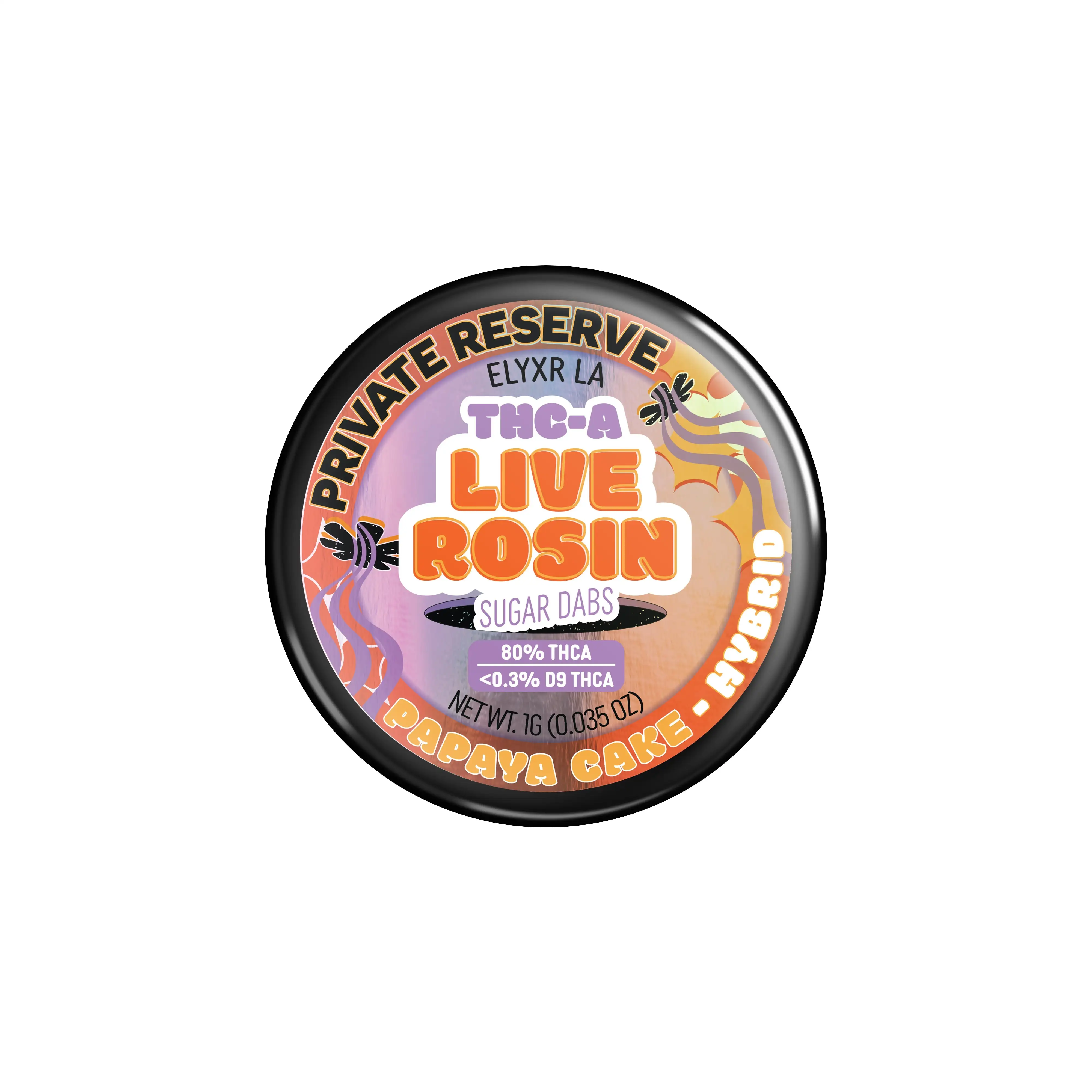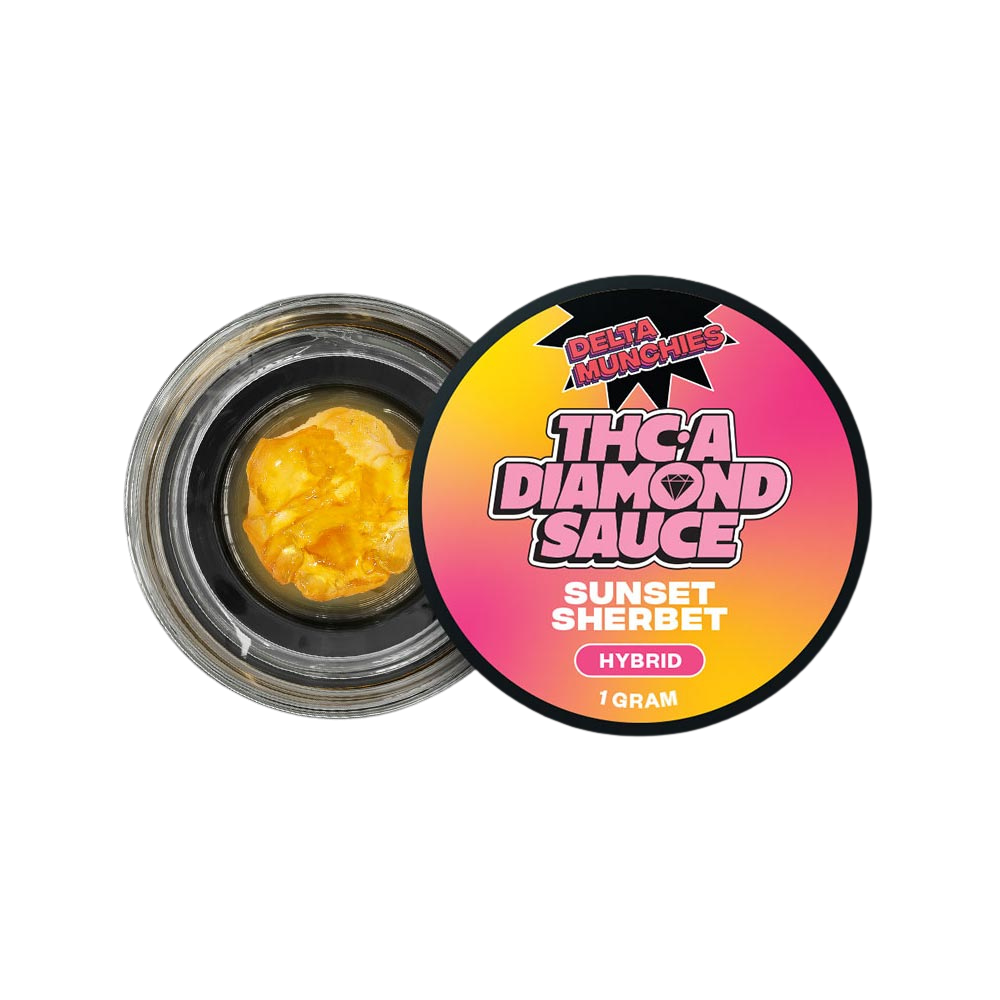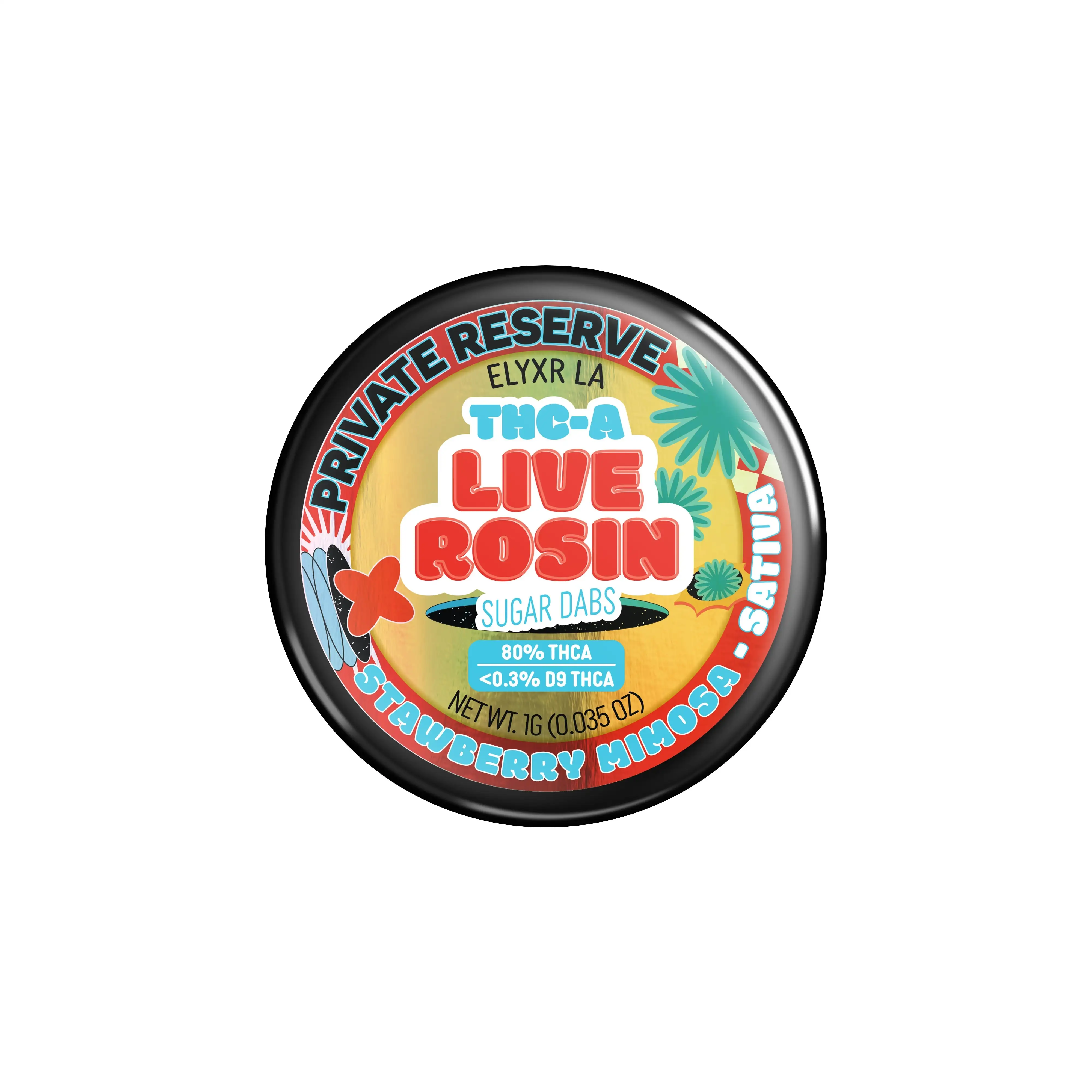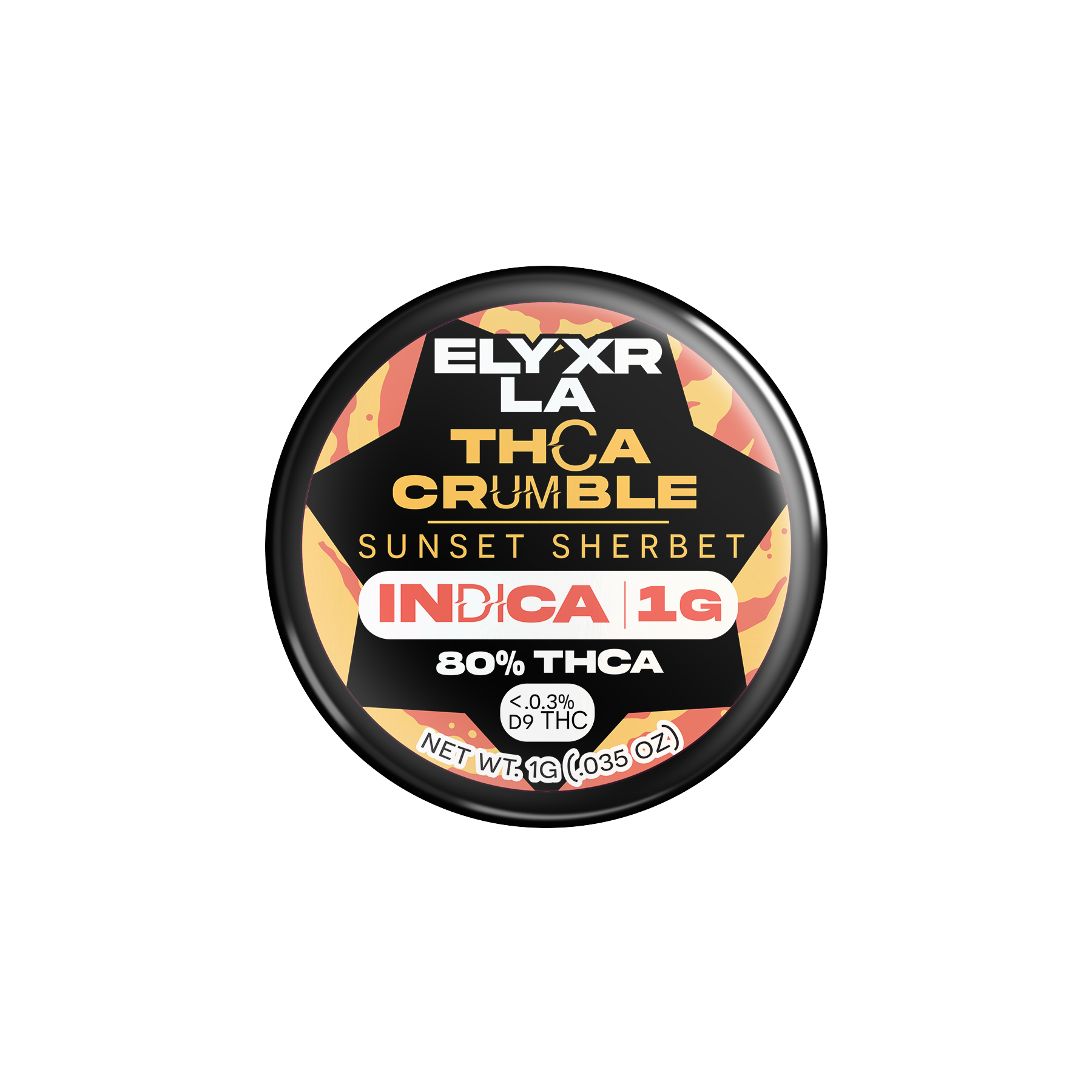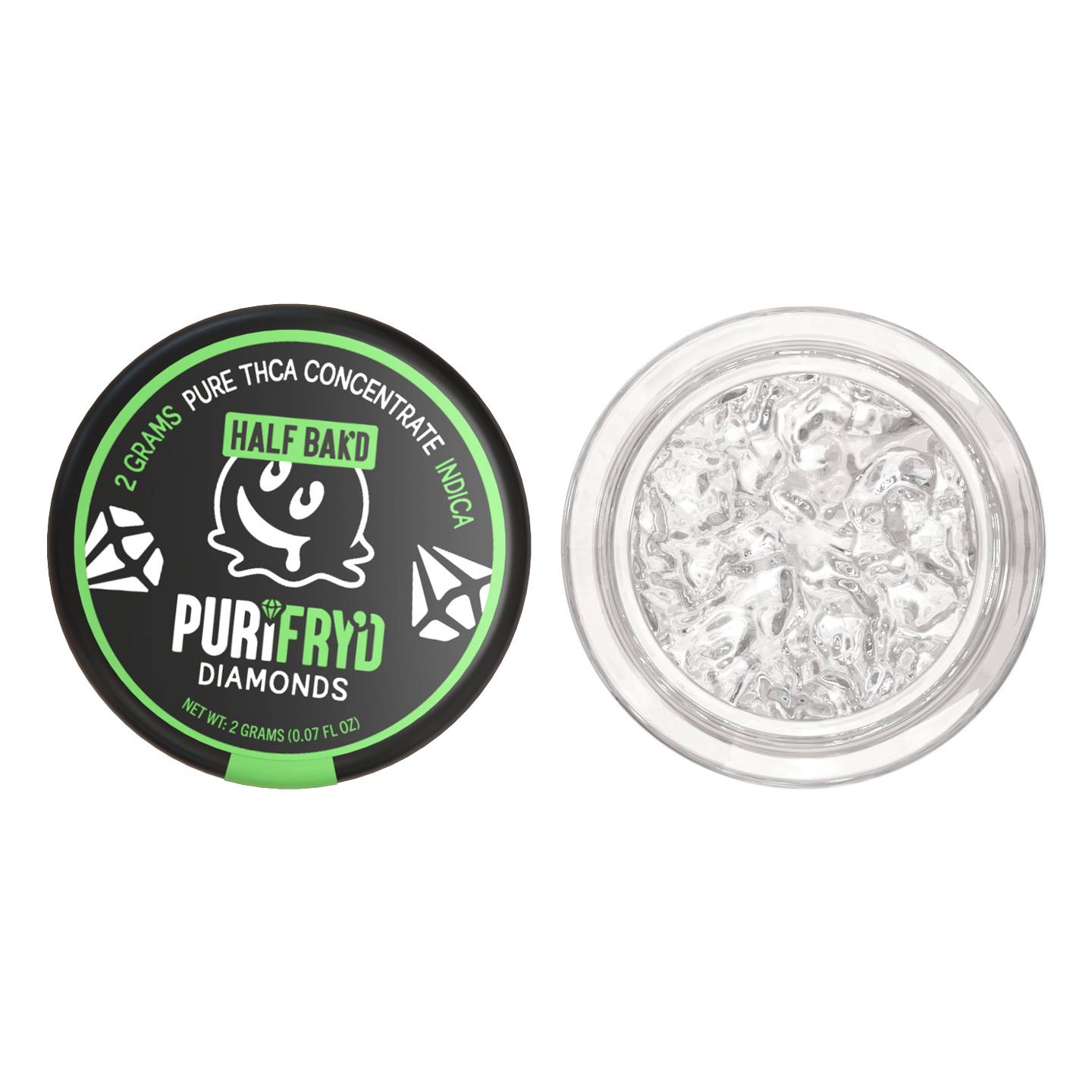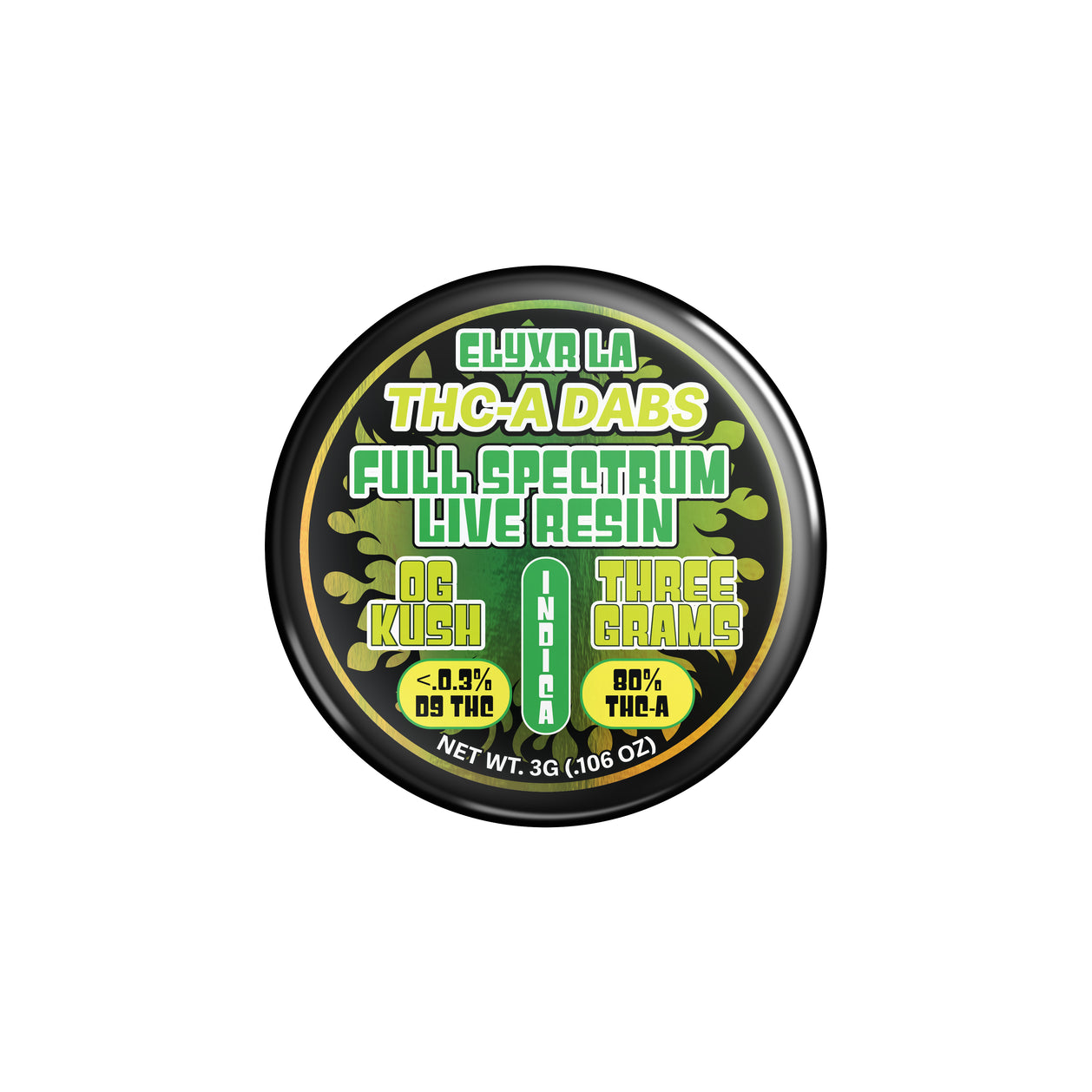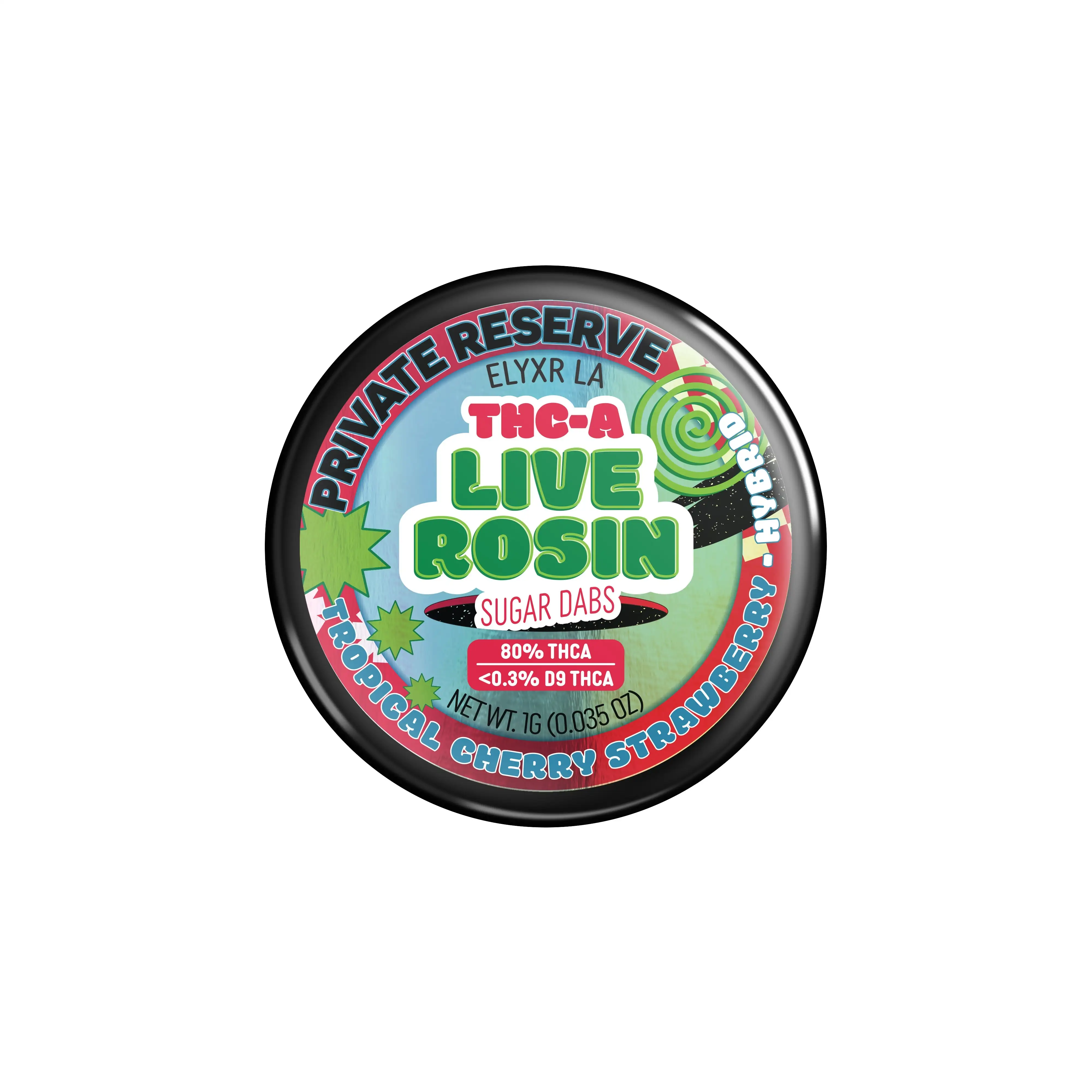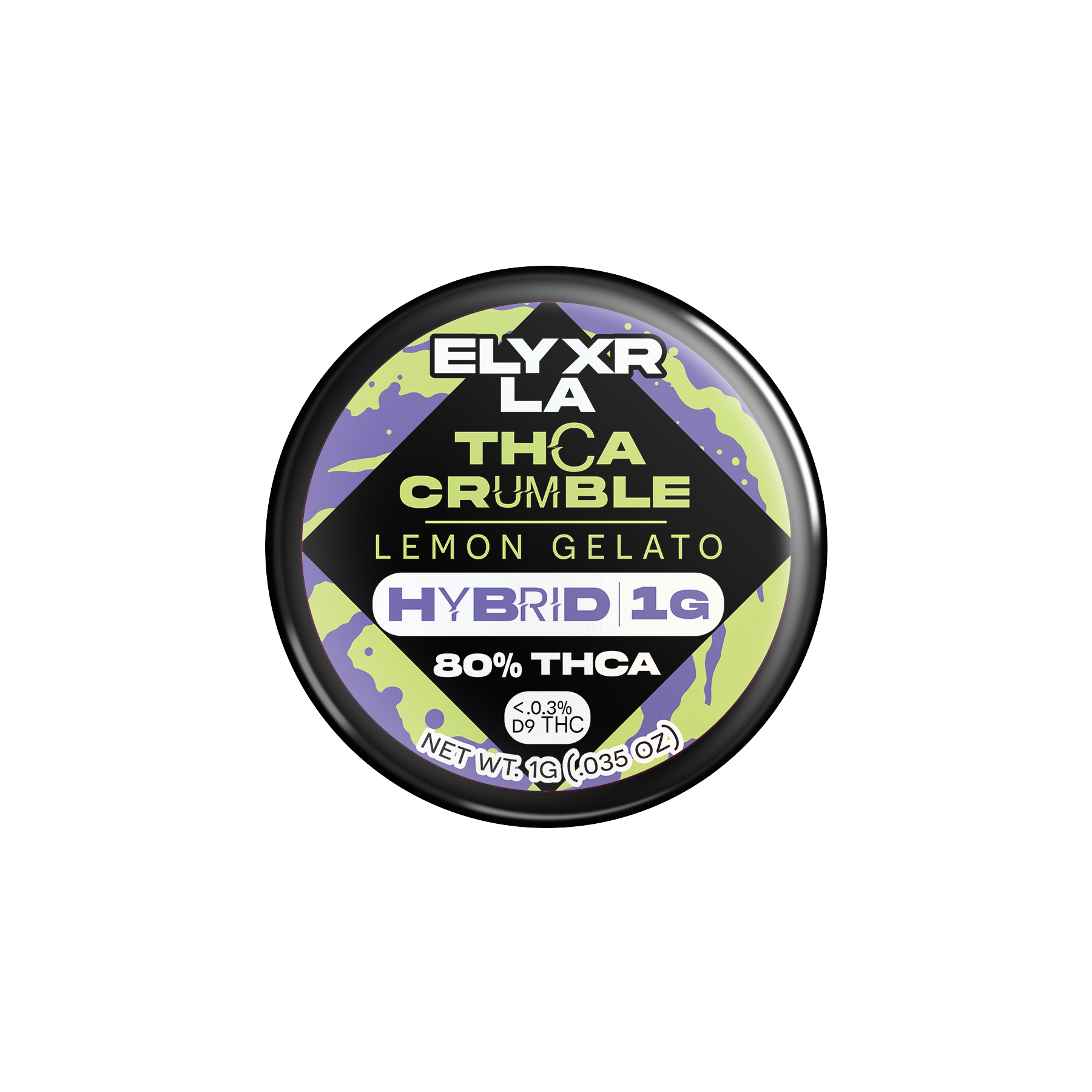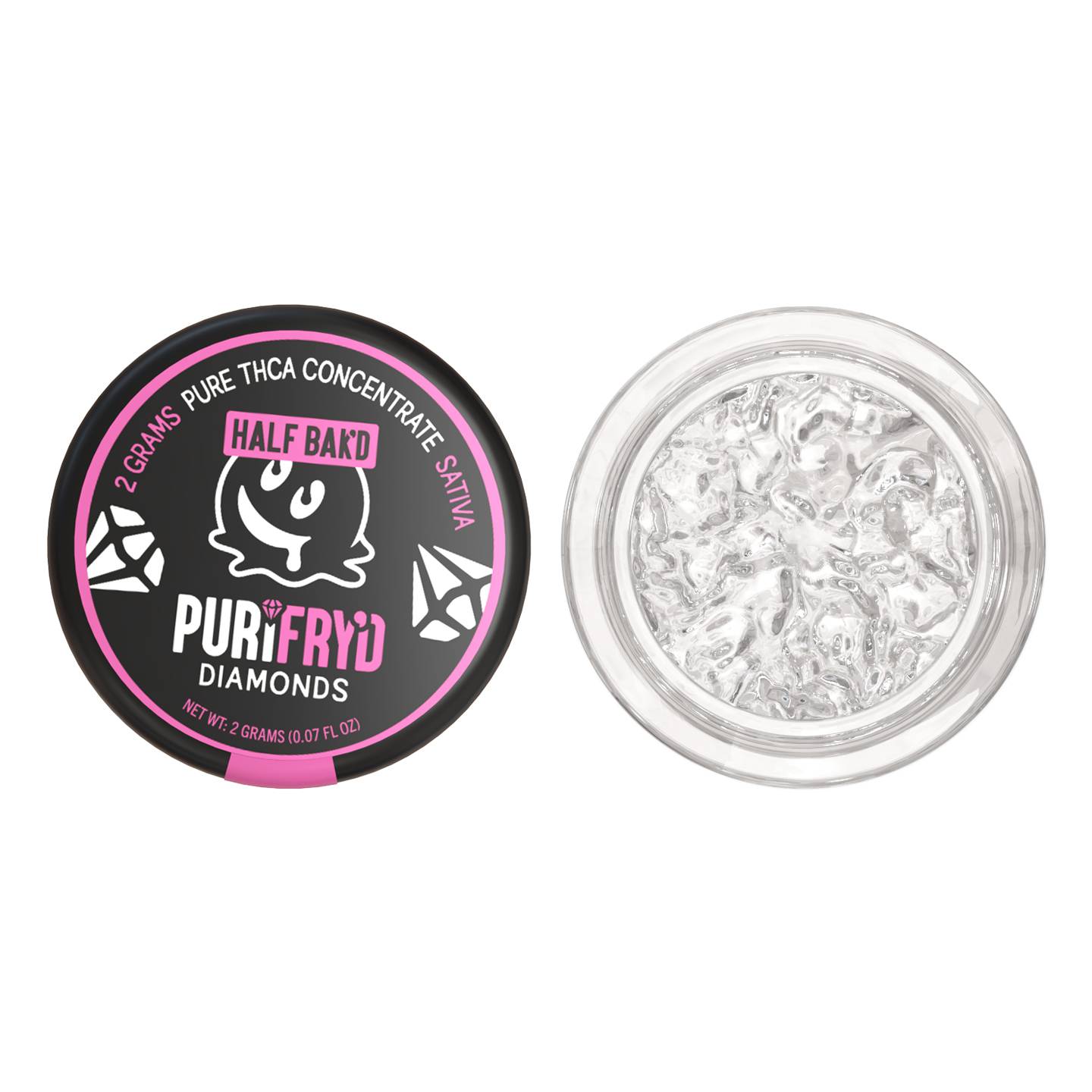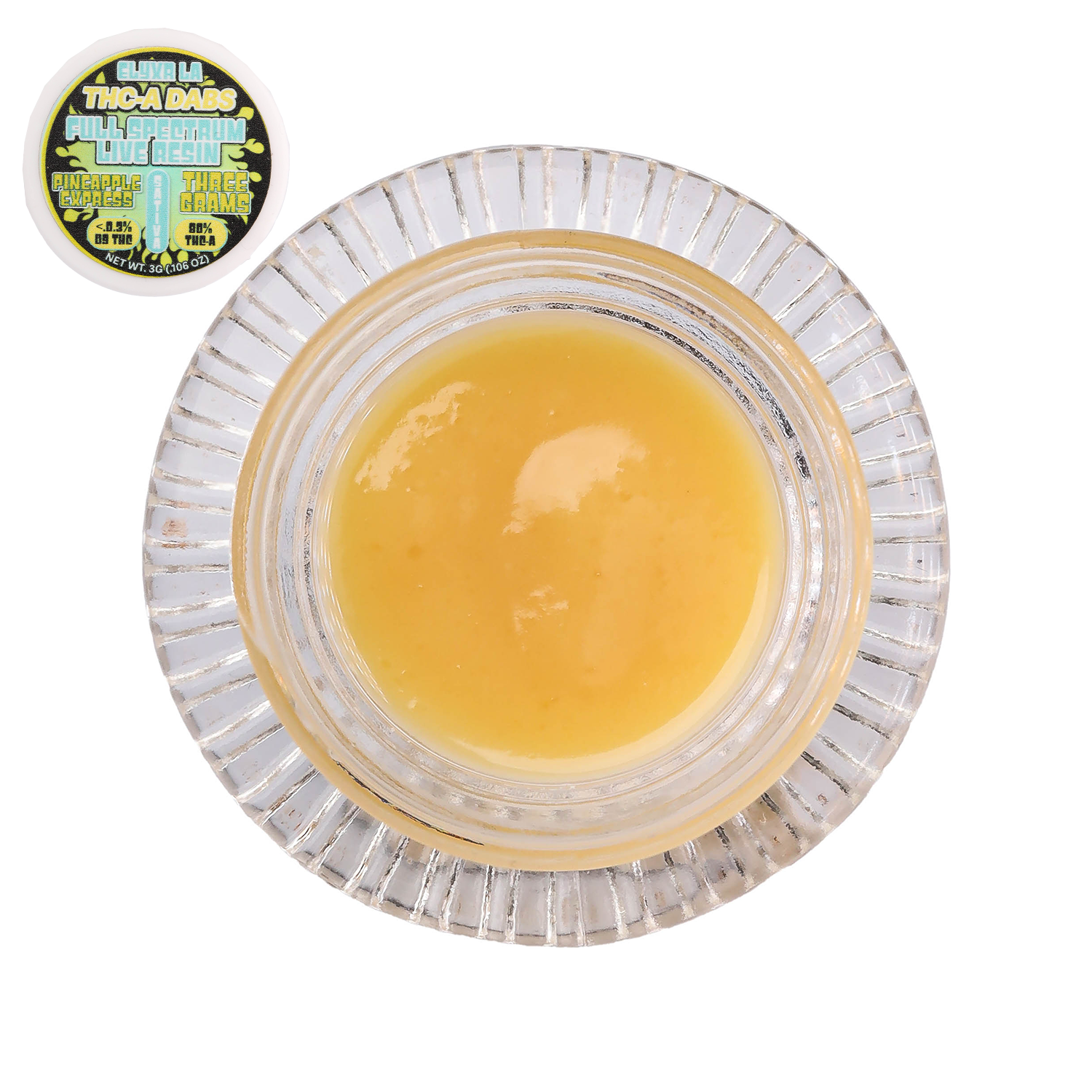If you’ve ever cracked open a jar of certain cannabis strains and been greeted with an earthy aroma that’s musky, herbal, and slightly sweet, there’s a good chance you’ve encountered myrcene. Myrcene is one of the most abundant terpenes found in cannabis plants, and it’s also present in a variety of other natural sources, from mangoes to lemongrass.
As one of the most studied cannabis terpenes, the myrcene terpene is a significant compound that’s linked to a variety of potential health benefits and therapeutic effects. It’s often cited as a dominant terpene in many cannabis strains, particularly indica strains, and is known for its natural sedative effects, pain relieving properties, and ability to enhance cannabinoid absorption. In this guide, we’ll explore myrcene terpene effects, how it interacts with other cannabinoids and terpenes, and why it’s worth understanding if you’re aiming to accurately describe strains’ cannabinoid and terpene profiles.
What is Myrcene?
Myrcene is a naturally occurring monoterpene — meaning it’s built from two isoprene units — and is part of the larger family of organic compounds that give plants their aroma and flavor. In cannabis, it’s considered the most abundant terpene in many strains, making it a significant compound in shaping the overall terpene profile.
Its aroma is often described as earthy, musky, and herbal, with sweet undertones that can evoke hints of ripe fruit. Beyond cannabis plants, myrcene can be found in hops, bay leaves, parsley, thyme, and even lemongrass tea, which has been used traditionally for its calming and anti inflammatory properties. As an aroma agent, myrcene plays a key role in complex mixtures that define how both cannabis and other botanical products smell and taste.
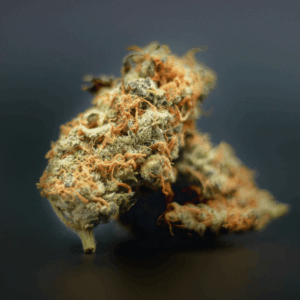
Myrcene’s Role in Cannabis
In cannabis, myrcene is more than just a scent contributor — it’s often the dominant terpene in indica strains and some hybrid varieties. Many cannabis strains with high myrcene levels are associated with a sedative effect, sometimes referred to as the “couch-lock” feeling. This deep relaxation is one reason myrcene-dominant strains are popular among people seeking a natural sleep aid or stress relief.
Research into myrcene terpene effects suggests that it may help enhance cannabinoid absorption across the blood brain barrier, potentially amplifying the effects of both THC and CBD. This is part of its role in the entourage effect, where cannabinoids and terpenes interact to produce unique therapeutic benefits that may be greater than the sum of their parts.
Potential Benefits of Myrcene
While myrcene research is ongoing, there’s a growing body of evidence suggesting it offers a range of potential benefits and medicinal properties:
- Relaxation and Sedation – Known as a natural sedative, myrcene may promote deep relaxation and aid with sleep.
- Pain Relief – Myrcene may help manage chronic pain, with some studies suggesting it can relieve pain through its analgesic effects and interactions with cannabinoid receptors.
- Anti Inflammatory Properties – Research points to myrcene’s potential to reduce inflammation, which may make it useful for conditions involving the nervous system or joints.
- Antioxidant Properties – Myrcene may have antioxidant effects that help protect cells from damage.
- Antibacterial Properties – Preliminary findings suggest myrcene could have antibacterial activity, adding to its potential biological properties.
While these therapeutic effects are promising, it’s important to remember that most data comes from early studies and animal models, meaning more human-based research is needed.
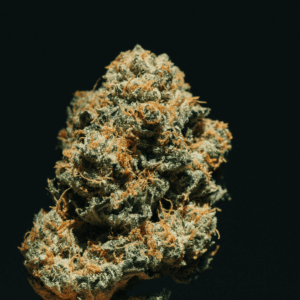
Myrcene and the Entourage Effect
One of the most intriguing aspects of myrcene terpene effects is its role in the entourage effect — the theory that other cannabinoids, other terpenes, and compounds in cannabis work together to create unique outcomes. Myrcene enhances the way cannabinoids like THC and CBD interact with the body by possibly increasing their passage through the blood brain barrier.
This interaction might be one reason high myrcene strains are known for stronger sedative effects and more noticeable pain relief. While the entourage effect remains a debated topic in cannabis science, the potential for myrcene to enhance cannabinoid absorption makes it an important consideration for anyone interested in maximizing the therapeutic benefits of cannabis.
Common Sources of Myrcene Beyond Cannabis
Although it’s the most abundant terpene in many cannabis plants, myrcene appears in several familiar plants and foods:
- Mangoes – The fruity sweetness comes in part from myrcene; some believe eating mango before cannabis enhances effects due to the terpene’s influence.
- Hops – Gives beer its earthy aroma and herbal character.
- Lemongrass – Popular in herbal teas and known for calming health benefits.
- Thyme, parsley, bay leaves – Culinary herbs rich in complex terpene profiles.
These natural sources highlight myrcene’s versatility, from aroma agent in essential oils to a functional ingredient in herbal remedies.
Myrcene Levels in Different Cannabis Strains
Not all cannabis sativa or indica strains have the same myrcene levels, but some are well-known for being high myrcene cannabis strains. Examples include OG Kush, Granddaddy Purple, and Blue Dream. These myrcene dominant strains are often sought after for their deep relaxation and stress relief properties.
Factors like genetics, cultivation methods, curing, and storage can impact the terpene profiles and myrcene levels in cannabis. Testing from reputable labs can help identify high myrcene cannabis products, allowing consumers to choose strains that align with their desired therapeutic benefits — whether that’s a natural sedative, help to manage chronic pain, or just a more calming smoking session.
Possible Side Effects or Risks
While benefits of myrcene are numerous, there are some safety concerns to be aware of. In high doses, myrcene’s sedative effects can cause excessive drowsiness, making it less ideal before activities requiring alertness. Some people may also experience mild allergic reactions, particularly to concentrated forms in essential oils.
There’s also the potential for interactions with certain medications, especially those affecting the nervous system. And while myrcene may have anti inflammatory properties and pain relieving properties, inhaling smoke from cannabis or other sources still carries respiratory risks.
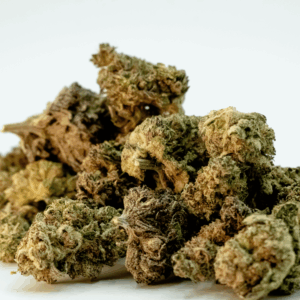
How to Experience Myrcene’s Effects
If you want to tap into the therapeutic benefits and effects of myrcene, there are several ways to do it:
- Choose high myrcene cannabis strains like OG Kush, Granddaddy Purple, or Blue Dream.
- Pair with natural sources like mangoes or lemongrass tea to complement your cannabis session.
- Use low-temperature vaping to preserve delicate cannabis terpenes and reduce the loss of volatile organic compounds.
- Explore essential oils or herbal aromatherapy blends containing myrcene for non-smoking applications.
By selecting products with accurate lab reports, you can ensure you’re getting a significant compound with the terpene profile you’re seeking. This allows you to target pain relief, stress relief, or deep relaxation more intentionally.
Final Thoughts
Myrcene stands out among cannabis terpenes as a versatile, most abundant terpene with a range of potential health benefits and medicinal properties. From its sedative effect and anti inflammatory properties to possible analgesic effects and antioxidant properties, this significant compound plays a big role in shaping the effects of many cannabis sativa strains.
Whether you’re interested in myrcene research for its potential to help manage chronic pain, improve sleep, reduce inflammation, or simply enhance your cannabis experience, understanding myrcene’s role is key. By exploring high myrcene strains and learning how myrcene interacts with other cannabinoids and other cannabis terpenes, you can make more informed choices — and maybe even discover your perfect terpene profile along the way.
Frequently Asked Questions
1. Is myrcene a sativa or indica?
Myrcene itself isn’t a cannabis strain — it’s a terpene, which means it’s a naturally occurring compound found in many cannabis plants. However, myrcene terpene effects are more commonly associated with indica strains due to their sedative effects and deep relaxation properties. That said, many cannabis strains — both indica and sativa — can contain myrcene, so it’s not exclusive to one type.
2. Is myrcene good for anxiety?
Myrcene may help promote relaxation and alleviate stress, which could be beneficial for people managing anxiety. Its sedative effect and ability to encourage deep relaxation make it a popular choice in high myrcene cannabis strains. However, results can vary depending on your unique body chemistry, dosage, and whether it’s paired with other cannabinoids like THC and CBD.
3. Which terpenes should I avoid?
The answer depends on your health conditions and desired effects. For example, if you’re prone to anxiety, you might want to avoid terpenes known for stimulating or energizing effects, such as limonene or pinene, in high concentrations. People with certain allergies may also react to specific terpenes found in essential oils. Always check the terpene profile and consult a professional before use, especially if you have pre-existing health concerns.
4. Does myrcene actually work?
Myrcene research suggests it may have a range of therapeutic benefits, from pain relief and anti inflammatory properties to acting as a natural sedative. Many users report feeling calmer, sleepier, and more physically at ease with high myrcene strains. While more human studies are needed to confirm its full medicinal properties, the existing evidence and long-standing traditional use in plants like lemongrass tea suggest myrcene is indeed a significant compound worth exploring.




